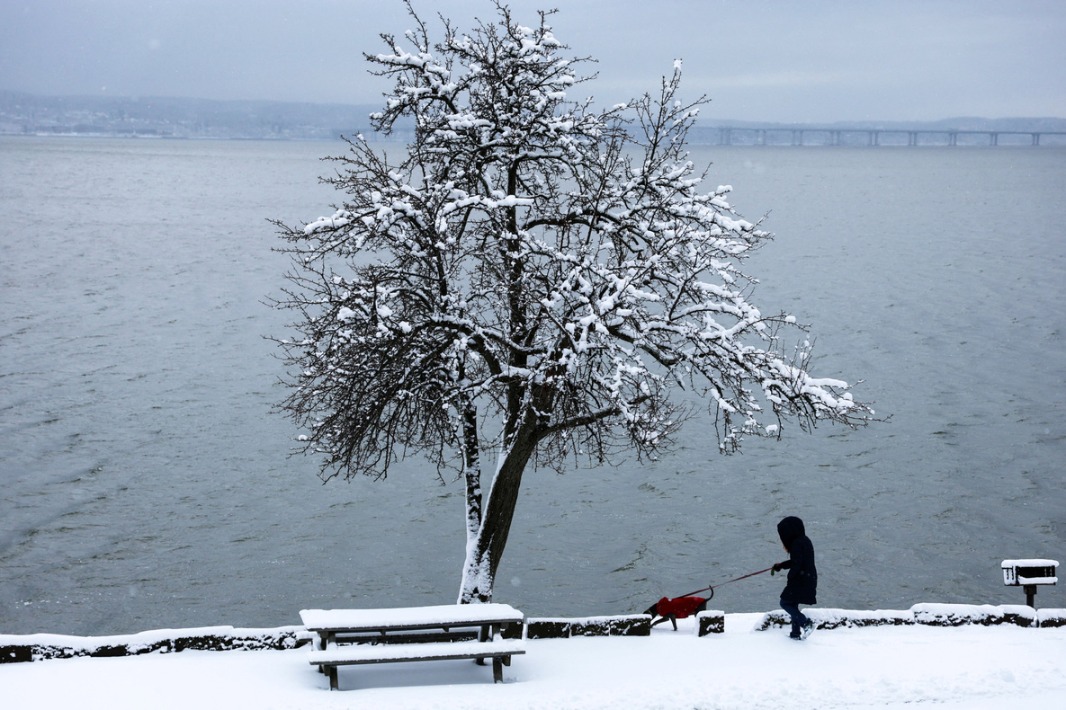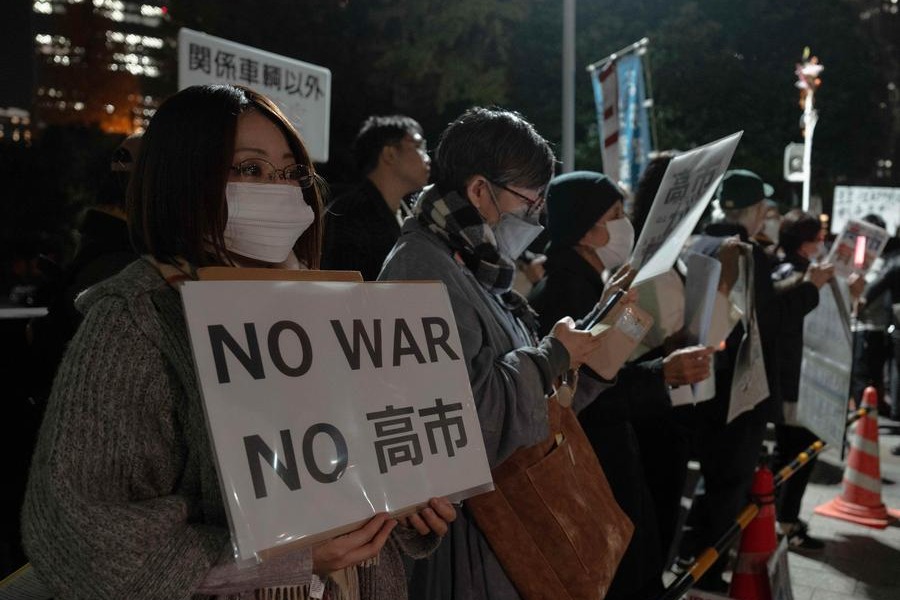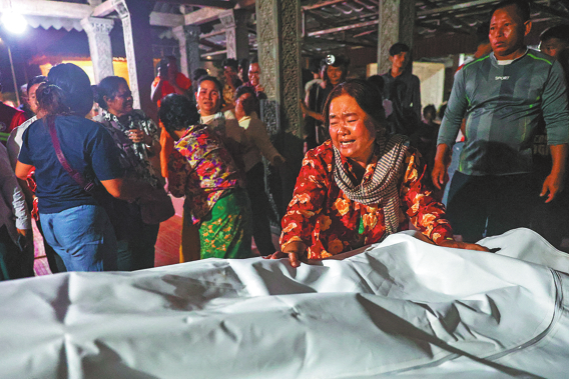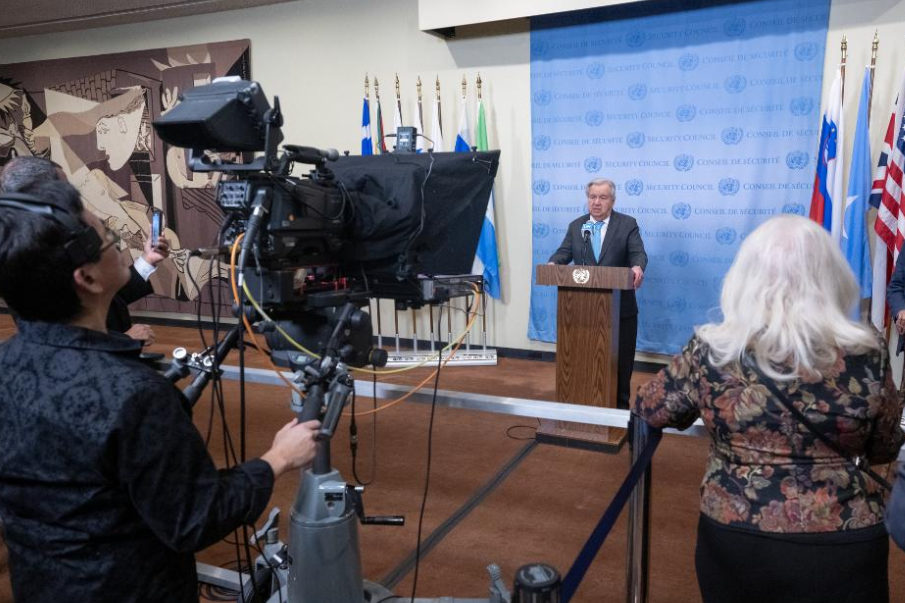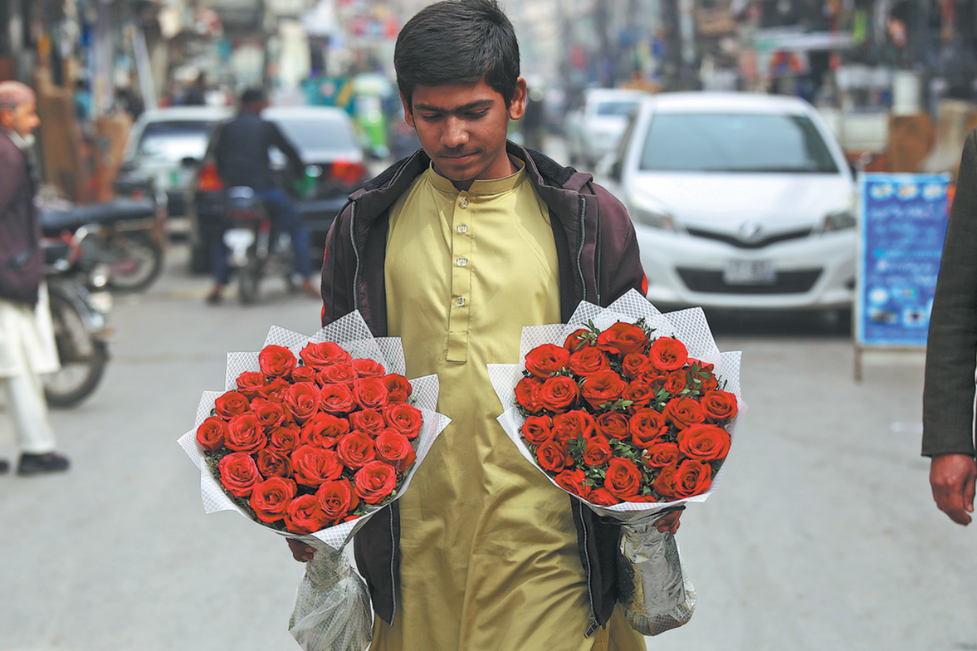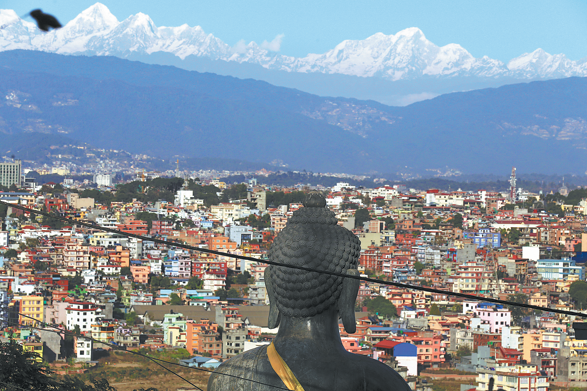Winter raises risk for COVID-19 spread in Southern Hemisphere: Australian microbiologist

CANBERRA - As winter is descending and temperatures are falling in the Southern Hemisphere, a leading Australian microbiologist warned on Thursday that the risk for the spread of COVID-19 could increase.
"The trouble with winter is every respiratory virus you can think of spreads more readily in winter," said Peter Collignon, professor at the Medical School of the Australian National University and a microbiologist at the Canberra Hospital.
"Winter is a real risk because this virus spreads exactly the same way as influenza and the common cold virus," he told Xinhua in an interview.
"It's in droplets. So when you cough or sneeze, it travels and then drops down to the ground. But if you're close, you're more likely to get it," said the former World Health Organization advisor.
"So the real concern is in winter, we're inside. More often, the humidity is lower. There might be poor ventilation, because you are trying to preserve heat. All of that increases the chance that viruses from the respiratory tract spread from person to person," he said.

Australia just entered its winter season, which started in June. The Black Lives Matter protests could worsen the situation.
A man in his 30s, who attended a Black Lives Matter protest along with thousands of others in Melbourne on Saturday, has tested positive for the virus, which sparked fears about a potential transmission of COVID-19.
"The protests or any crowds that get together increase the risk," said Collignon.
"The advantage we've got in Australia is transmission in the community seems to be pretty low, and protests were outside rather than inside. So that all is a lower risk," he said.
"But the problem is we really don't know how much virus is still around. And if you have large groups of people together and they're close, that increases the chance that you'll get it spreading ... particularly because it's winter," he added.
Collignon said that there is a possibility for a second wave of COVID-19, like what had happened in Australia in 1919 during the flu pandemic, a very big killer around the world.
"I could expect that we might see that again in July or August ... but I doubt that we'll see thousands of cases per day or per week," he added.
However, the professor dismissed concerns that a person could be infected again.
"It seems fairly uncommon that people get a second infection, at least not within three or four months," he said.
He added that some people could get sick, better, and sick again. "That may be because they get secondary bacterial infections," he said.
"The virus has made them unwell, but then they get another bacteria that gives them pneumonia and that's what makes them very sick," he said.
Collignon cited the example of the 1918-1919 flu pandemic. "Most of the deaths back then were due to bacterial causes, not the virus," he said.
While the economy has been seriously affected by the pandemic, the professor noted that there should be a balance between epidemic control and getting life and work back to normal.
"We can't all become hermits for the next two or five years and all live in our houses and have the economy doing nothing," he said.
"So the balance is doing everything we can to stop this virus from spreading readily. And that means keeping physical distance, limiting crowds, washing our hands, don't go to work when you are sick. All those things won't stop the virus altogether, but they mean you'll get a 90 percent reduction," he said.
"We need to keep the numbers as low as possible, but not paralyze our own economy or the world economy," he noted.
Collignon favored the efforts made by scientists in many countries to develop a vaccine against COVID-19, but regretted that they have not been successful.
As of Thursday evening, there have been 7,285 confirmed cases of COVID-19 in Australia, with the death toll at 201, according to the country's Department of Health.
















